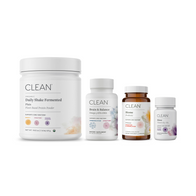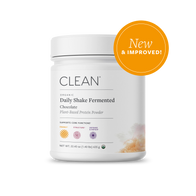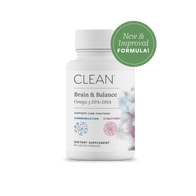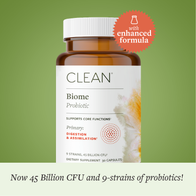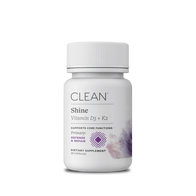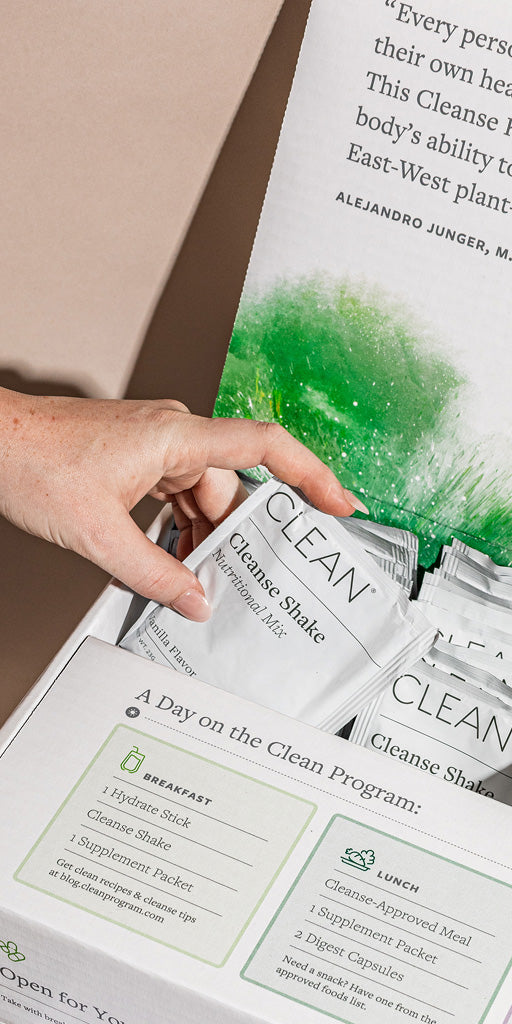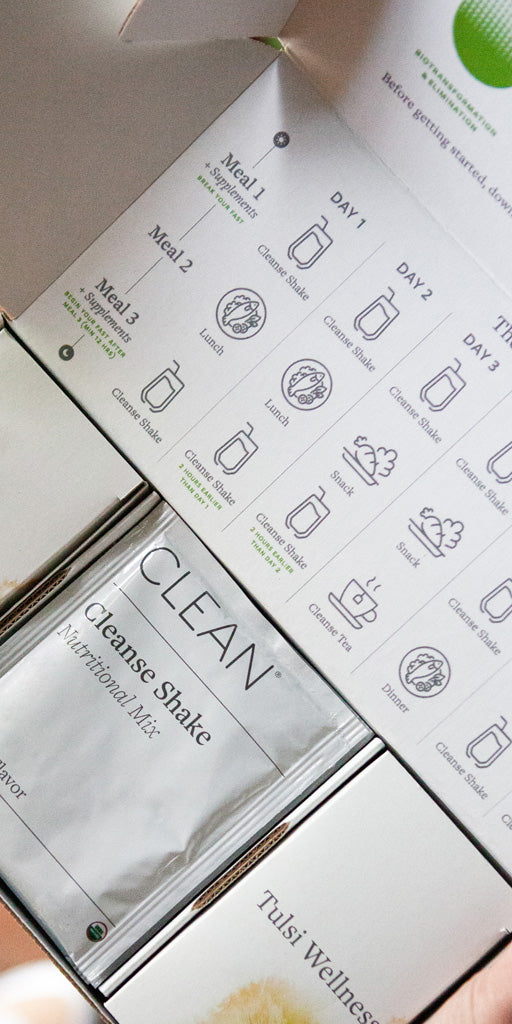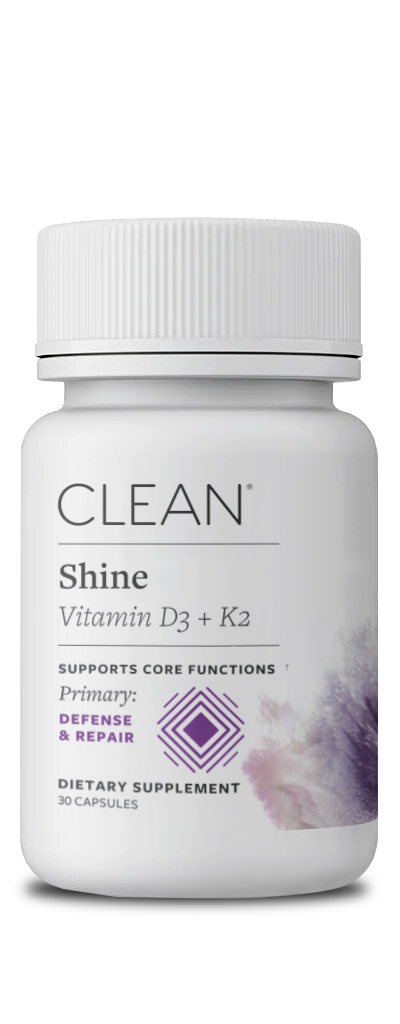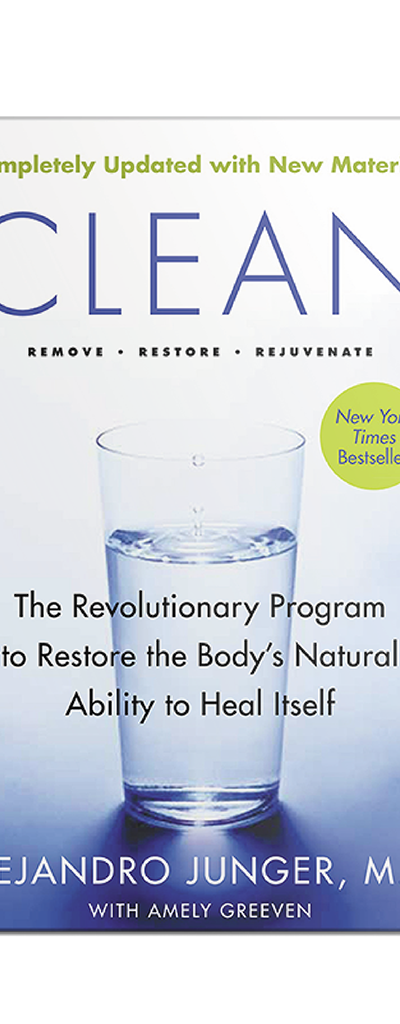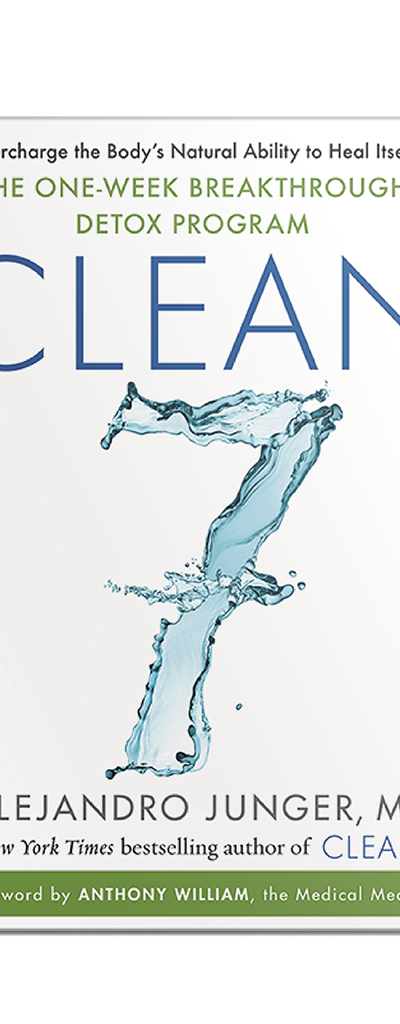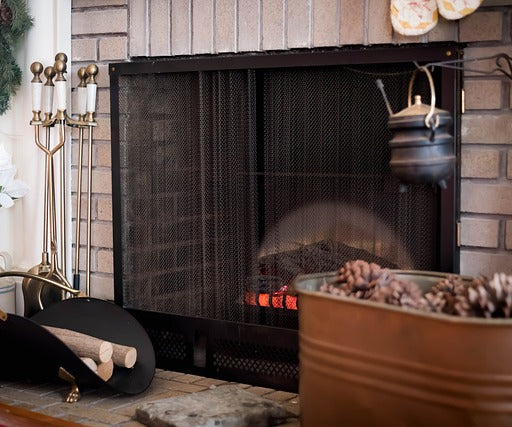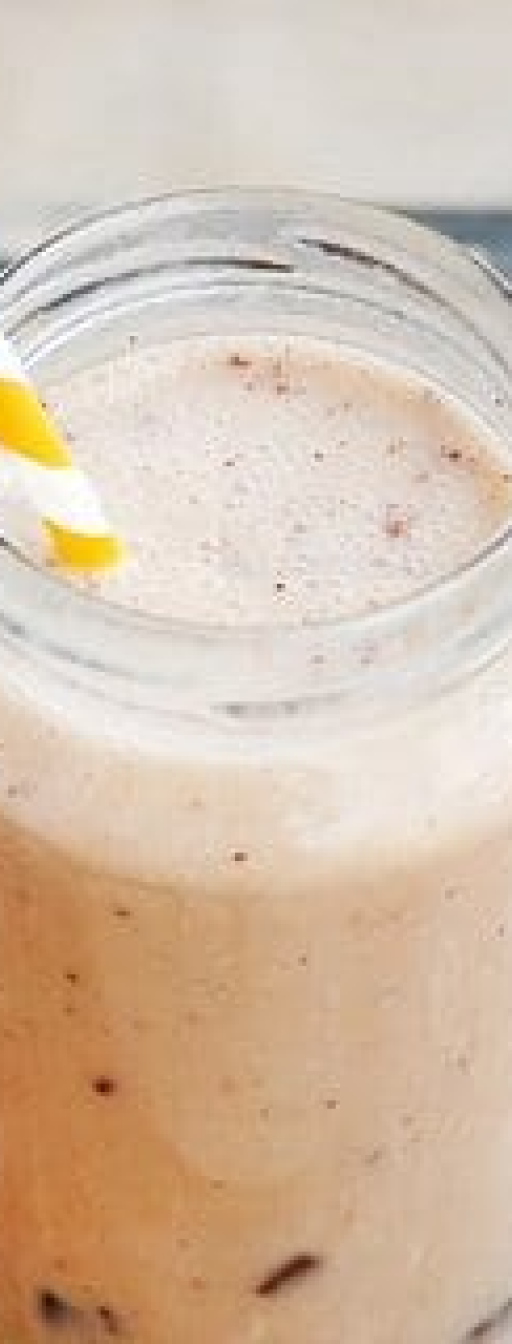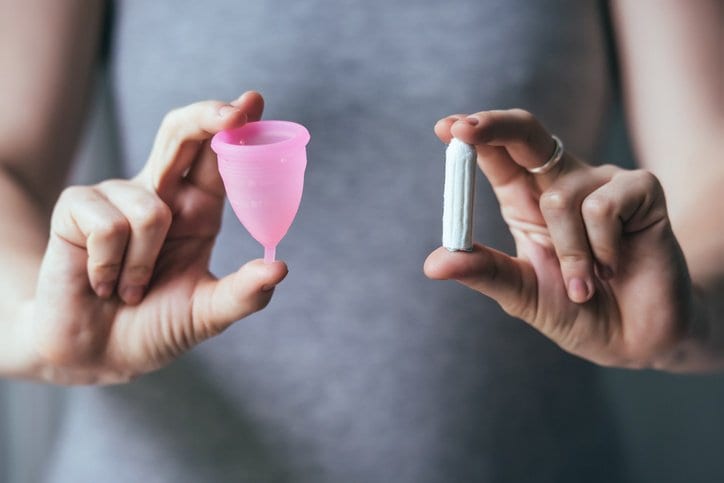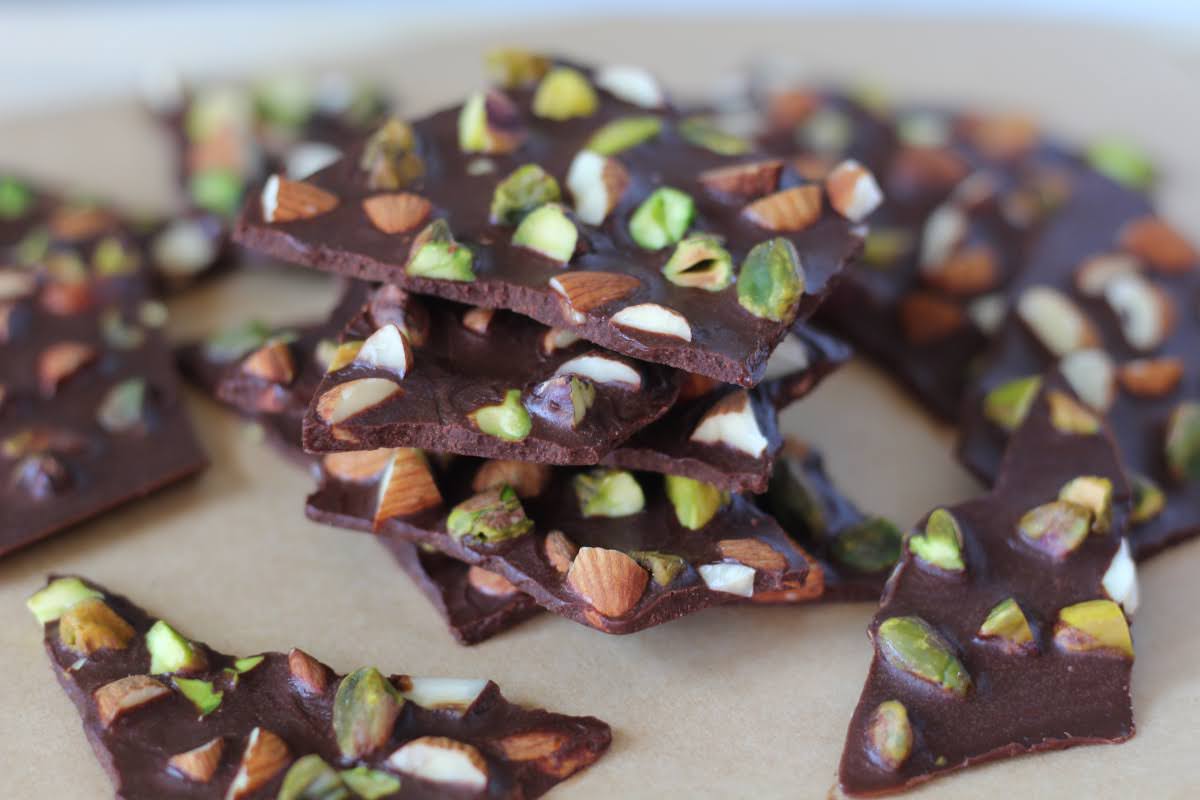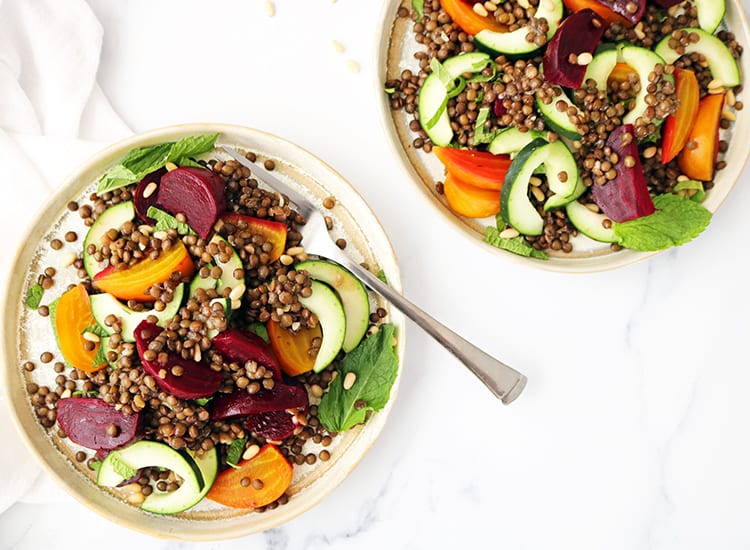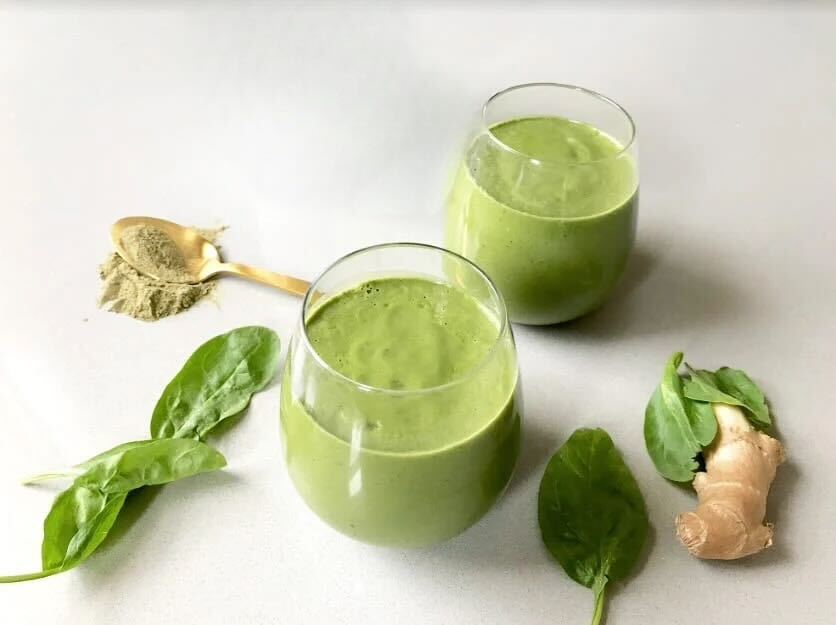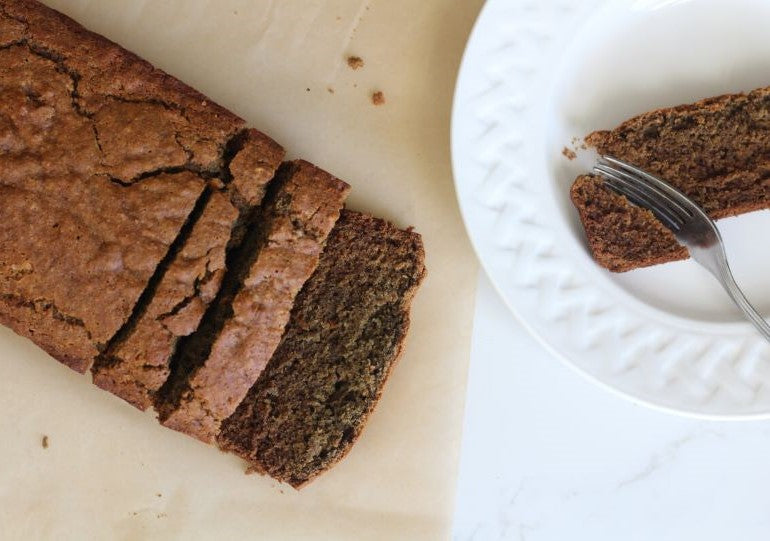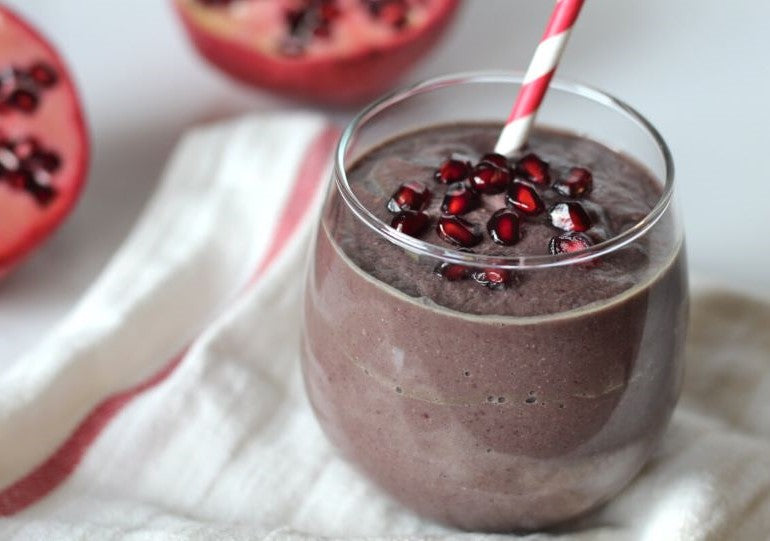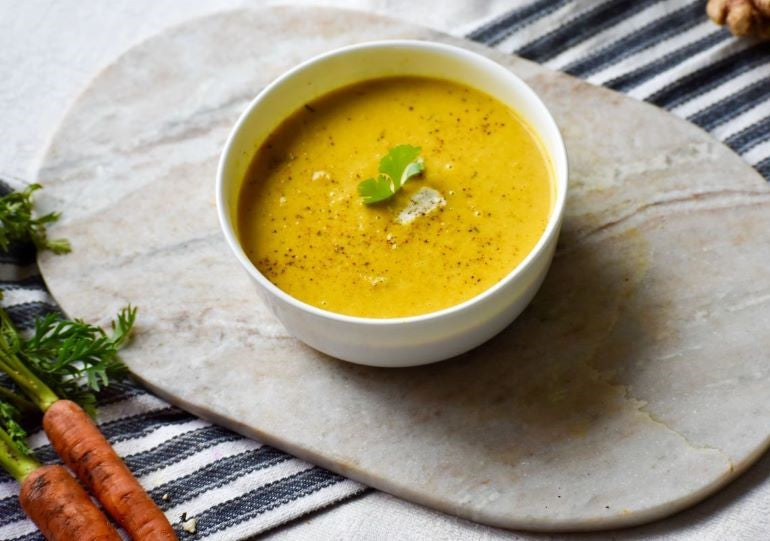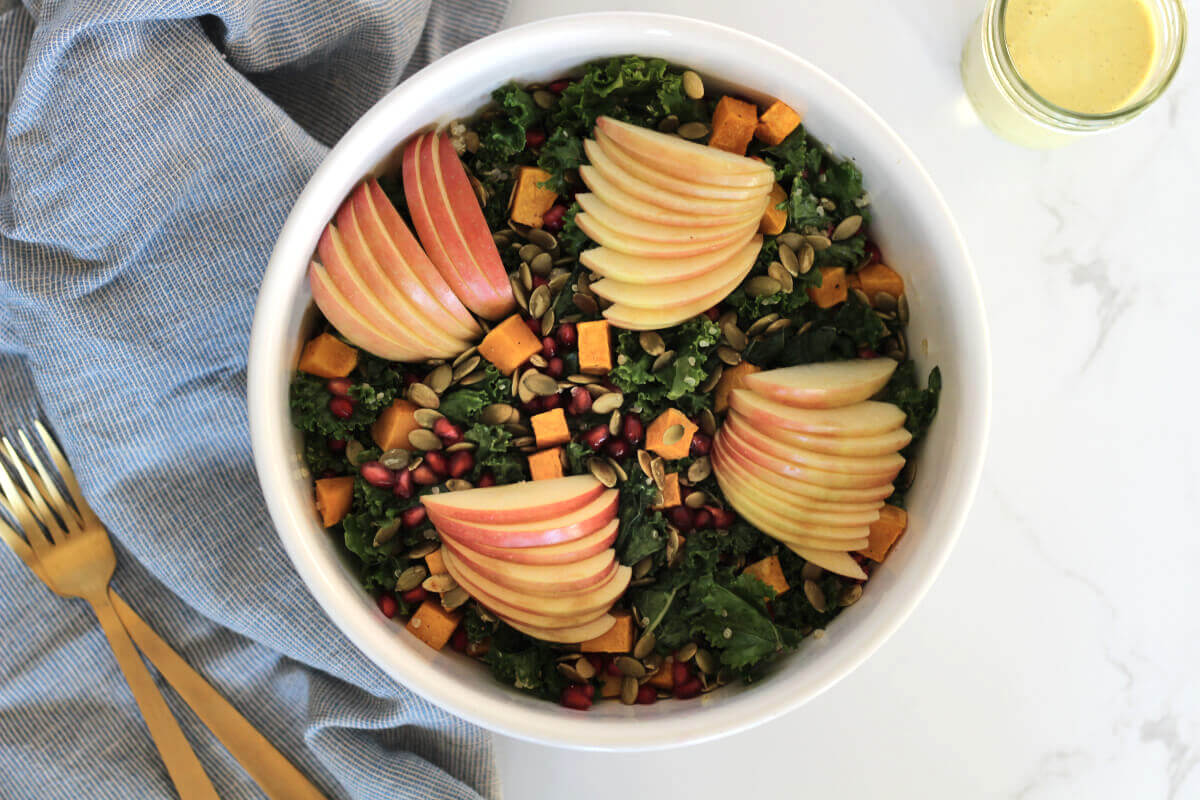Are menstrual cups a fad? Pads and tampons have been available for many years now, though not always in the convenient forms that we know and love. Here at Clean, we don’t just believe in finding what works on the 21-Day Clean Program, but finding healthy habits that work for you on-going in your daily life.
WHAT’S THE DEAL WITH MENSTRUAL CUPS
The truth is that menstrual cups are not a new way of managing our periods. In fact, they’ve been around for nearly 80 years now. Some have dubbed them the perfect solution to all period woes, while others have shrugged them off as messy and “for hippies” only.
Despite the divided stance that many women take, they are quickly becoming one of the most popular period care products out there. Here’s a quick rundown of how menstrual cups came to be the sensation they are now.
INVENTED IN THE 1930s
Unlike pads and tampons, the menstrual cup was invented by a woman, Leona Chalmers. She patented her rubber menstrual cup for the first time in 1937 and was met with disinterest. Since the introduction of disposable pads and tampons, women became less inclined to do anything that had them interact with their menstruation more than they had to. Shortly after the menstrual cup went on sale in the United States, World War II began and the scarcity of rubber forced her to stop production.
THE KEEPER
The 1980’s brought a menstrual cup revival of sorts with a new company producing one called “The Keeper”. Made of latex rubber and similar in design to the version Chalmer’s created 50 years prior, The Keeper cup is still on the market today. Menstrual cups still weren’t considered mainstream at this point. It was largely due to women not wanting to have to empty and clean a cup with blood in it.
PROS OF MAKING THE SWITCH
It’s the 21st century and menstrual cups are gaining more traction than ever. With a plethora of brands from the Diva Cup to Lunette to the Moon Cup, women have more options than ever. Medical grade silicone is now the main material used to make menstrual cups, giving women with latex allergies the ability to partake in the movement. Many women find it makes their PMS symptoms more manageable, as the cup can be quite comfortable.
There are many reasons that women choose menstrual cups including that they don’t contain the harmful chemicals that most tampons and pads do. At $25 to $40 a cup, they are also a more economical choice than disposable products. The health, financial, and environmental benefits of using a menstrual cup are talked about far more often now and, finally, the menstrual cup is becoming a viable opponent to the tampon.
Written by Christina Vanvuren
If you enjoyed this article, you might want to check out Look out for these painful hormone imbalance symptoms












